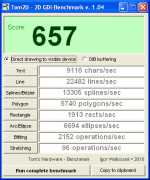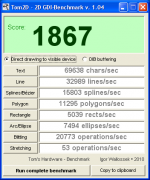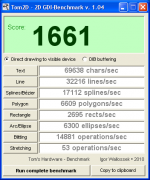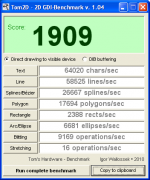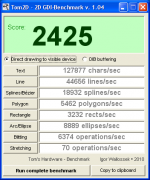First post, by swaaye
I've run into an interesting issue with my DFI Socket 754 mobo that uses the VIA K8T800 chipset. Windows XP GUI 2D is clearly slower than normal. When I minimize and then maximize a large window, it obviously takes an extra moment to draw. Something seems wrong with GDI 2D accel.
So I did some searching and ran into other mentions of slow 2D performance on various VIA chipsets. I also remember that I had a Socket A VIA KT880 board and 2D seemed slow there too.
I've used both GeForce FX and 6 on the board with the same results, along with different driver versions. I'm going to try out an ATI card as well here, and also explore AGP GART drivers.
